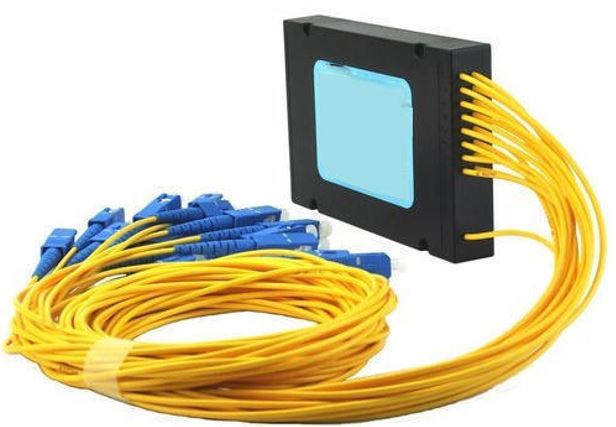Fibre optic switch for Time of Flight Rangefinder Calibration

One of the production challenges of making a laser rangefinder for long range outdoor use is the calibration process. At some stage you need to be able to fire a pulse over a long distance and wait for the reflected pulse to be returned. This meant that the calibration site needed to have very long views over a wide space with multiple reflective targets at various calibrated distances.
This also meant that the performance of the laser units could be effected by weather and different days could potentially halt production or cause varying results.
By having a fibre optic background, I created a fibre simulation test box, which would capture the light from the output of the rangefinder and send it along a length of fibre, via a switch. The light would then reflect from the end of the glass surface at the other end and return a pulse. Of course each length of fibre in the switch was different and corresponded to the calibration ranges that were needed (accounting for the different material density changes of air and glass, refractive index).
Testing no longer needed a wide open space and could be done by multiple stations at the same time on a desk top or bench.